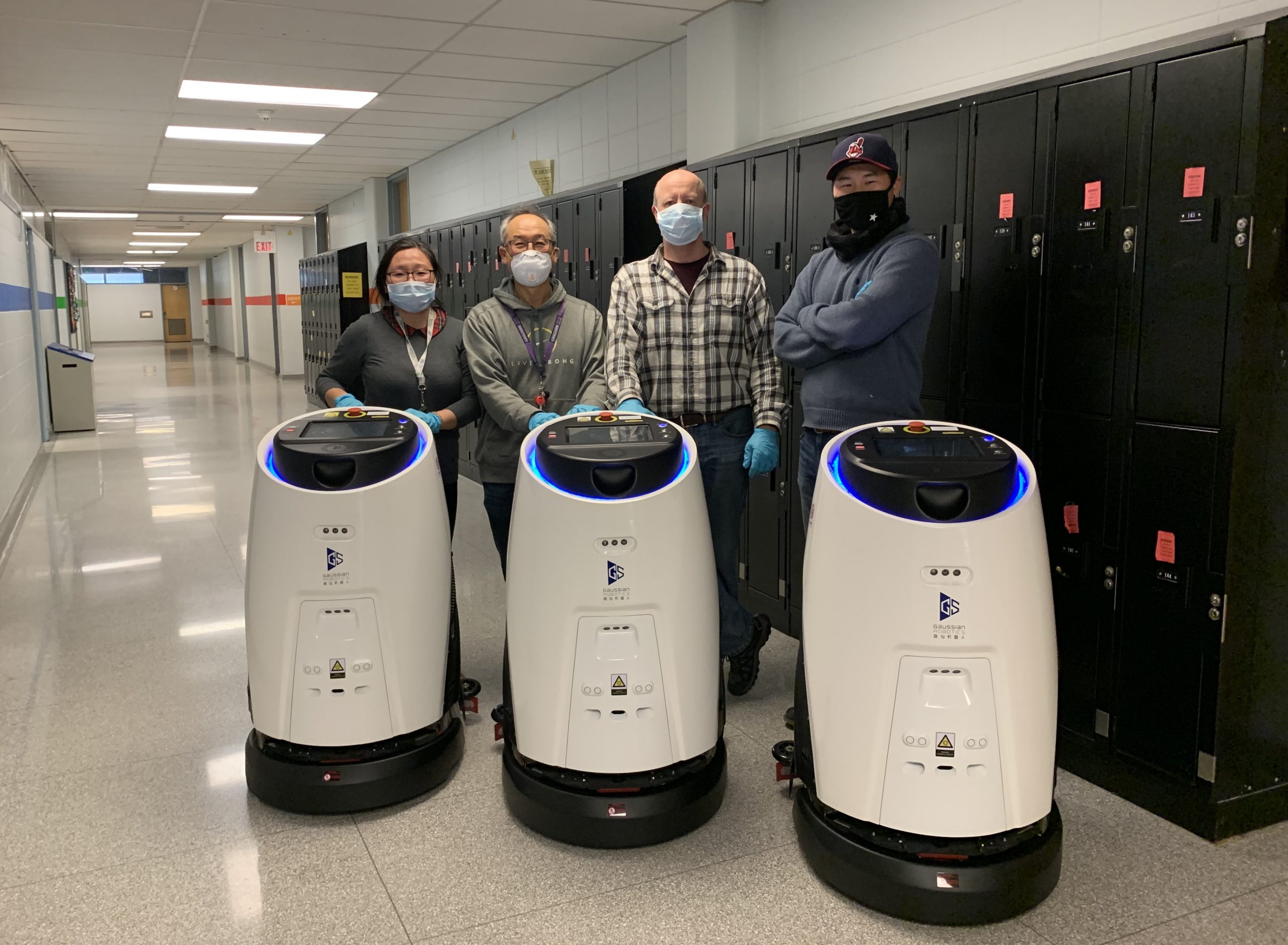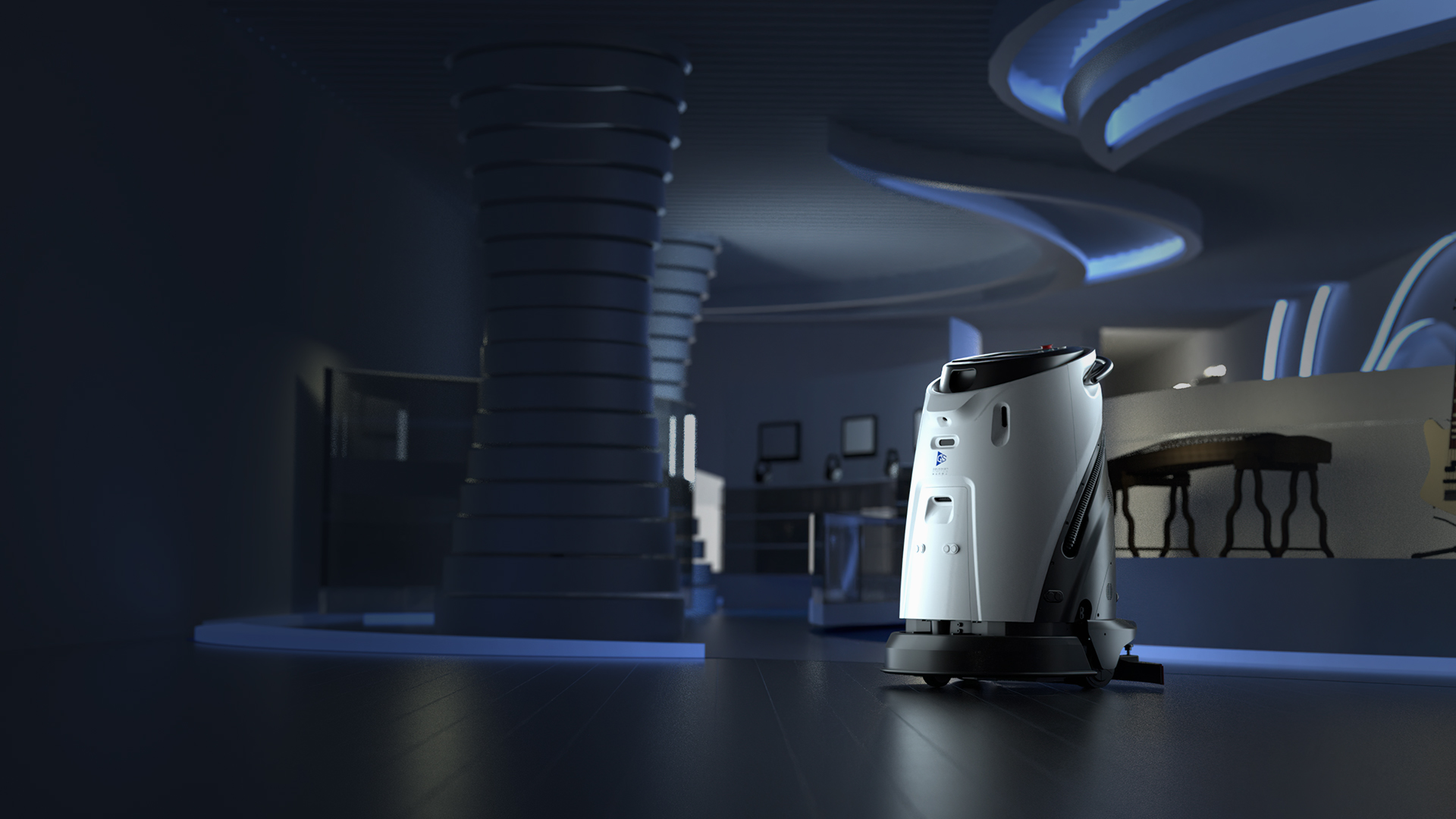February 7, 2025
In 2025, the sight of robots working alongside humans has become so common that we barely notice anymore. From factories to restaurants and malls, robots have seamlessly integrated into our daily lives, transforming work and public spaces. What was once futuristic is now routine, marking a significant shift in society.
Advancements in AI, robotics, and automation over the past decade have enabled robots to perform complex tasks beyond repetitive industrial jobs. From cleaning floors to delivering food, robots meet demands for efficiency and safety, particularly after the global pandemic
The Rise of Cleaning Robots
Cleaning robots are now a familiar sight in malls, restaurants, and hospitals, maintaining high hygiene standards. Their adoption has improved sanitation while freeing human workers to focus on tasks requiring creativity and interpersonal skills. This collaboration is redefining productivity in the 21st century. Society’s perception of robots has evolved. Once a novelty, robots are now expected wherever efficiency and precision are needed, blending into the background of everyday life.
What’s Next?
The potential for robotics continues to grow. From healthcare to agriculture, robots are set to play even greater roles—as elderly care assistants, automated farmers, and drone inspectors. While robots handle routine tasks, humans can focus on roles requiring emotional intelligence and innovation.

Embracing the New Normal
The era of human-robot collaboration is here. Cleaning robots glide through public spaces, and cobots assist across industries, enhancing efficiency and safety. By embracing this new normal, we can create a future where humans and robots thrive together.



